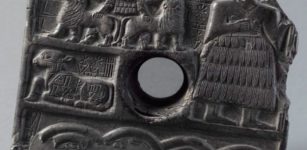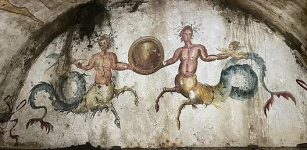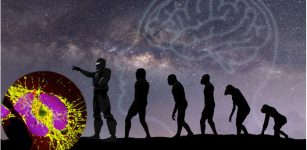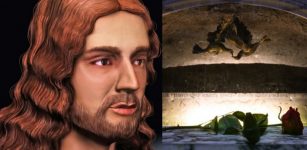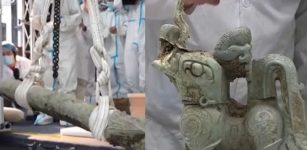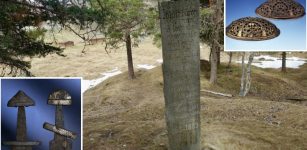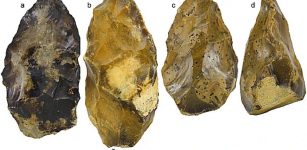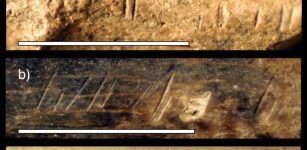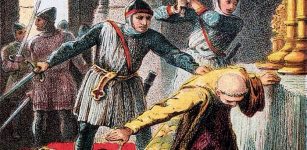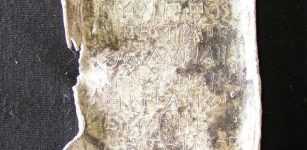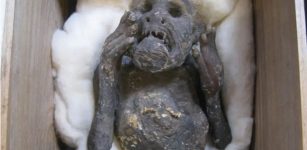Galileo Galilei’ Long-Lost Letter Reveals His Attempt To Fool The Inquisition And Make Science Independent From Religion
AncientPages.com - The seven-page letter - long believed lost - was written by Galileo Galilei to a friend on 21 December 1613 and signed “G.G.”
This important historical document provides the strongest evidence of the scientist’s battle with the religious authorities.
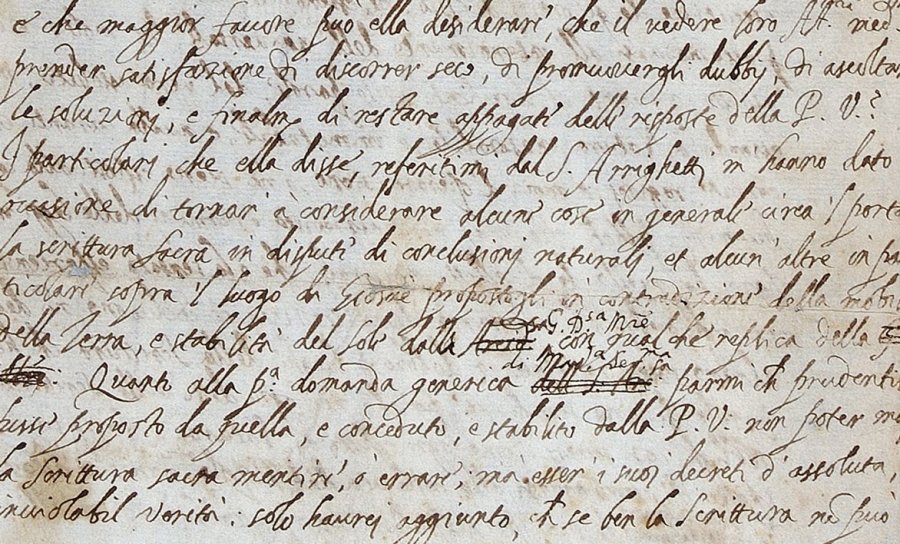
The original letter in which Galileo argued against the doctrine of the Roman Catholic Church has been rediscovered in London. Credit: The Royal Society
This letter presents Galileo’s arguments against the church’s doctrine that the Sun orbits the Earth has been discovered in a misdated library catalogue in London. Its unearthing and analysis expose critical new details about the saga that led to the astronomer’s condemnation for heresy in 1633.
Many copies of the letter were made, and two differing versions exist — one that was sent to the Inquisition in Rome and another with less inflammatory language. But because the original letter was assumed to be lost, it wasn’t clear whether incensed clergymen had doctored the letter to strengthen their case for heresy — something Galileo complained about to friends — or whether Galileo wrote the strong version, then decided to soften his own words.
The newly unearthed letter is dotted with scorings-out and amendments — and handwriting analysis suggests that Galileo wrote it. He shared a copy of this softened version with a friend, claiming it was his original, and urged him to send it to the Vatican.
The letter has been in the Royal Society’s possession for at least 250 years, but escaped the notice of historians.
It was uncovered in the library there by Salvatore Ricciardo, a postdoctoral science historian at the University of Bergamo in Italy, who visited on 2 August for a different purpose, and then browsed the online catalogue.
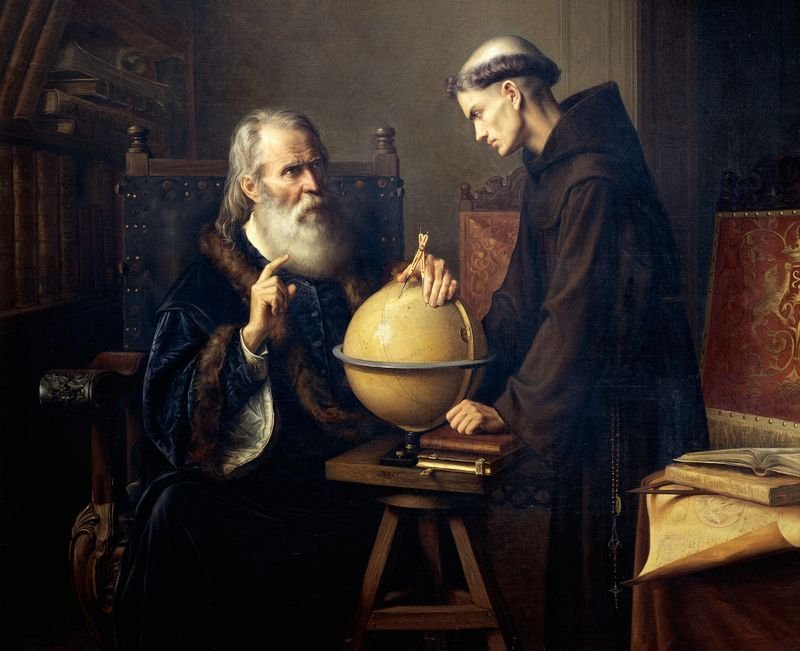
Galileo’s celestial ideas were deemed heretical and he lived his final nine years under house arrest.Credit: DeAgostini/Getty
“I thought, ‘I can’t believe that I have discovered the letter that virtually all Galileo scholars thought to be hopelessly lost,’” says Ricciardo. “It seemed even more incredible because the letter was not in an obscure library, but in the Royal Society library.”
Ricciardo, together with his supervisor Franco Giudice at the University of Bergamo and science historian Michele Camerota of the University of Cagliari, describe the letter’s details and implications in an article in press at the Royal Society journal Notes and Records.
Galileo wrote the 1613 letter to Benedetto Castelli, a mathematician at the University of Pisa in Italy. In it, Galileo set out for the first time his arguments that scientific research should be free from theological doctrine
He argued that the scant references in the Bible to astronomical events should not be taken literally, because scribes had simplified these descriptions so that they could be understood by common people. Religious authorities who argued otherwise, he wrote, didn’t have the competence to judge. Most crucially, he reasoned that the heliocentric model of Earth orbiting the Sun, proposed by Polish astronomer Nicolaus Copernicus 70 years earlier, is not actually incompatible with the Bible.
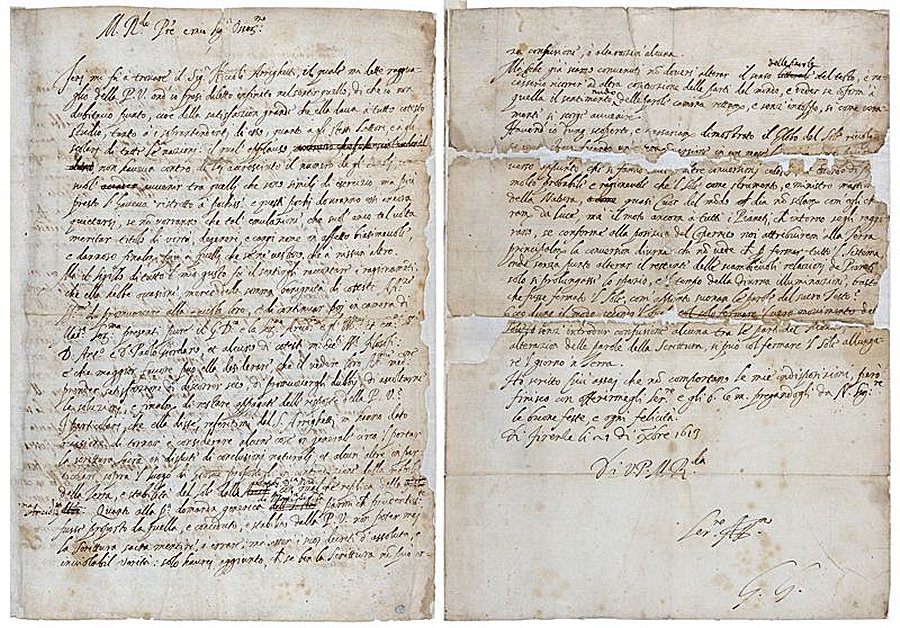
The first and last page of Galileo’s letter to his friend Benedetto Castelli. The last page shows his signature, “G. G.”.Credit: The Royal Society
Galileo's letter to Castelli caused a storm.
Of the two versions known to survive, one is now held in the Vatican Secret Archives. This version was sent to the Inquisition in Rome on 7 February 1615, by a Dominican friar named Niccolò Lorini.
Historians know that Castelli then returned Galileo’s 1613 letter to him, and that on 16 February 1615 Galileo wrote to his friend Piero Dini, a cleric in Rome, suggesting that the version Lorini had sent to the Inquisition might have been doctored. Galileo enclosed with that letter a less inflammatory version of the document, which he said was the correct one, and asked Dini to pass it on to Vatican theologians.
See also:
Galilei Galileo Demonstrates His First Telescope – August 25, 1609
Copernicus’ s Book Banned By Catholic Church – On Mar 5, 1616
Johannes Kepler ‘Father Of Modern Astronomy’ Was Born – On Dec 27, 1571
His letter to Dini complains of the “wickedness and ignorance” of his enemies, and lays out his concern that the Inquisition “may be in part deceived by this fraud which is going around under the cloak of zeal and charity”.
At least a dozen copies of the version Galileo sent to Dini are now held in different collections.
The existence of the two versions created confusion among scholars over which corresponded to Galileo’s original.
Beneath its scratchings-out and amendments, the signed copy discovered by Ricciardo shows Galileo’s original wording — and it is the same as in the Lorini copy. The changes are telling. In one case, Galileo referred to certain propositions in the Bible as “false if one goes by the literal meaning of the words”. He crossed through the word “false”, and replaced it with “look different from the truth”. In another section, he changed his reference to the Scriptures “concealing” its most basic dogmas, to the weaker “veiling”.
“Strange as it might seem, it has gone unnoticed for centuries, as if it were transparent. The misdating might be one reason that the letter has been overlooked by Galileo scholars,” says Giudice.
Galileo’s letter to Castelli clearly symbolizes one of the first attempts to make science independent from religion.
AncientPages.com



